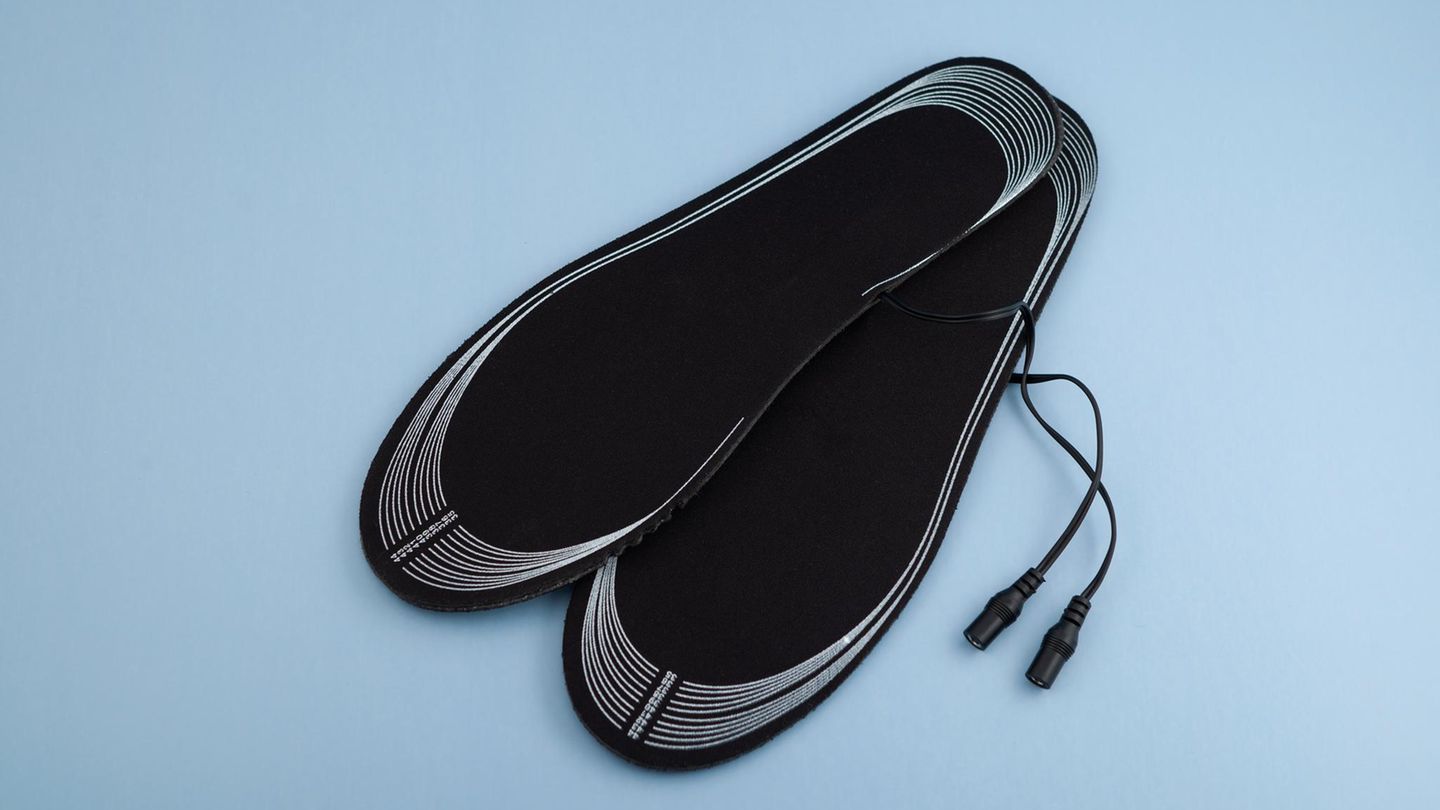I am an author and journalist who has worked in the entertainment industry for over a decade. I currently work as a news editor at a major news website, and my focus is on covering the latest trends in entertainment. I also write occasional pieces for other outlets, and have authored two books about the entertainment industry.
Menu
In comparison: these models ensure warm feet
Categories
Most Read
Leather jackets: These models will accompany us in autumn
October 14, 2025
No Comments
Keanu Reeves: He clears up wedding rumors
October 14, 2025
No Comments
Luis Pedro Toni, a leading figure in entertainment journalism, died
October 14, 2025
No Comments
What D’Angelo, the neo soul singer and Grammy winner, died of
October 14, 2025
No Comments
Death: Soul musician D’Angelo dies at 51
October 14, 2025
No Comments
Latest Posts

World Cup qualification: Israel’s game in Italy marred by riots
October 14, 2025
No Comments
PierceI am Pierce Boyd, a driven and ambitious professional working in the news industry. I have been writing for 24 Hours Worlds for over five

BlackRock reported a record $13 trillion in assets under management and its shares rose sharply on Wall Street
October 14, 2025
No Comments
October 14, 2025 – 19:05 BlackRock, the world’s largest asset manager, reported solid financial results for the third quarter of the year. AFP BlackRockthe world’s

Hamas handed over four more bodies to Israel in the Gaza Strip
October 14, 2025
No Comments
The IDF will inspect the coffins before covering them with national flags. The remains will then be transferred for identification and to confirm whether they
24 Hours Worlds is a comprehensive source of instant world current affairs, offering up-to-the-minute coverage of breaking news and events from around the globe. With a team of experienced journalists and experts on hand 24/7.

